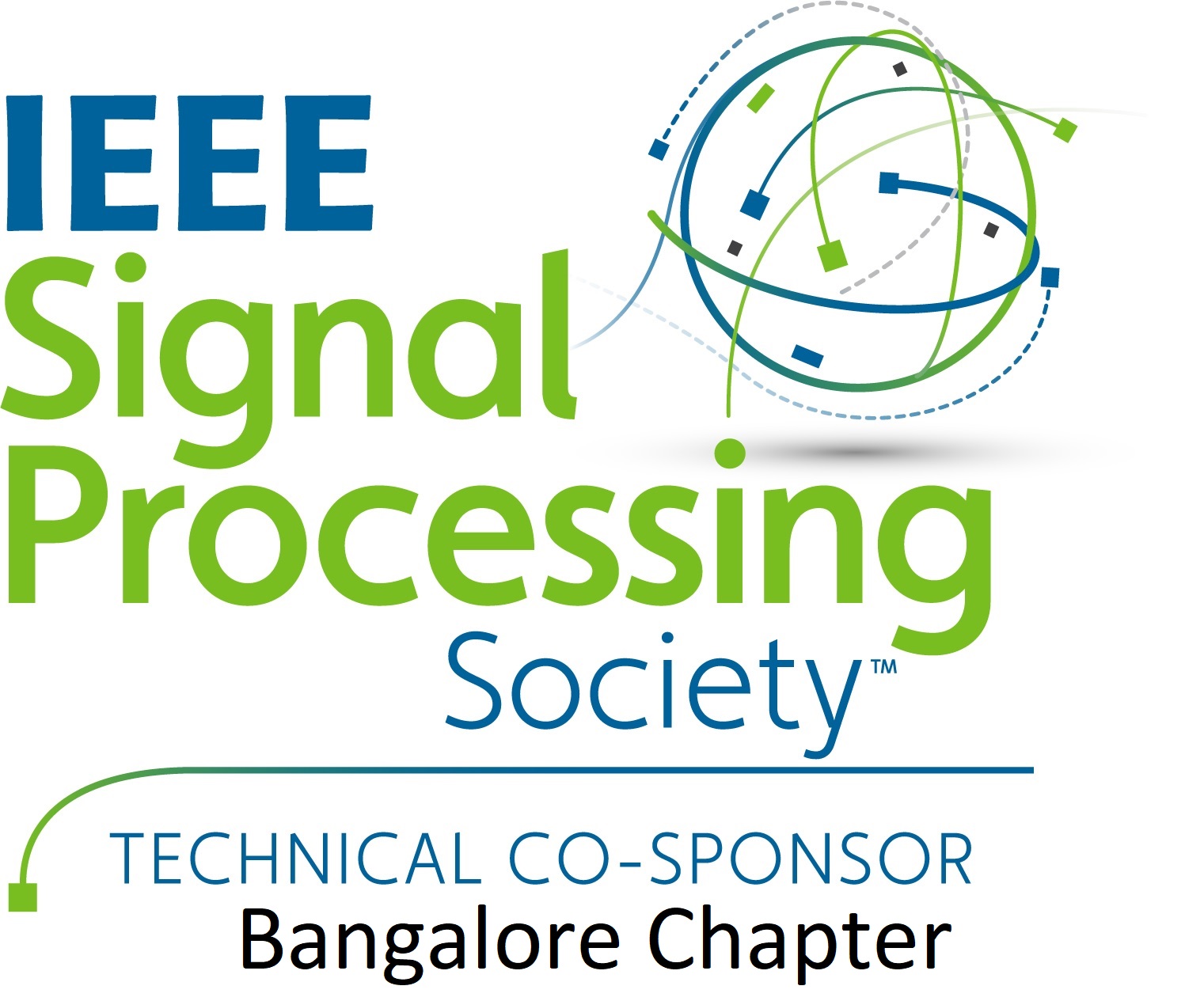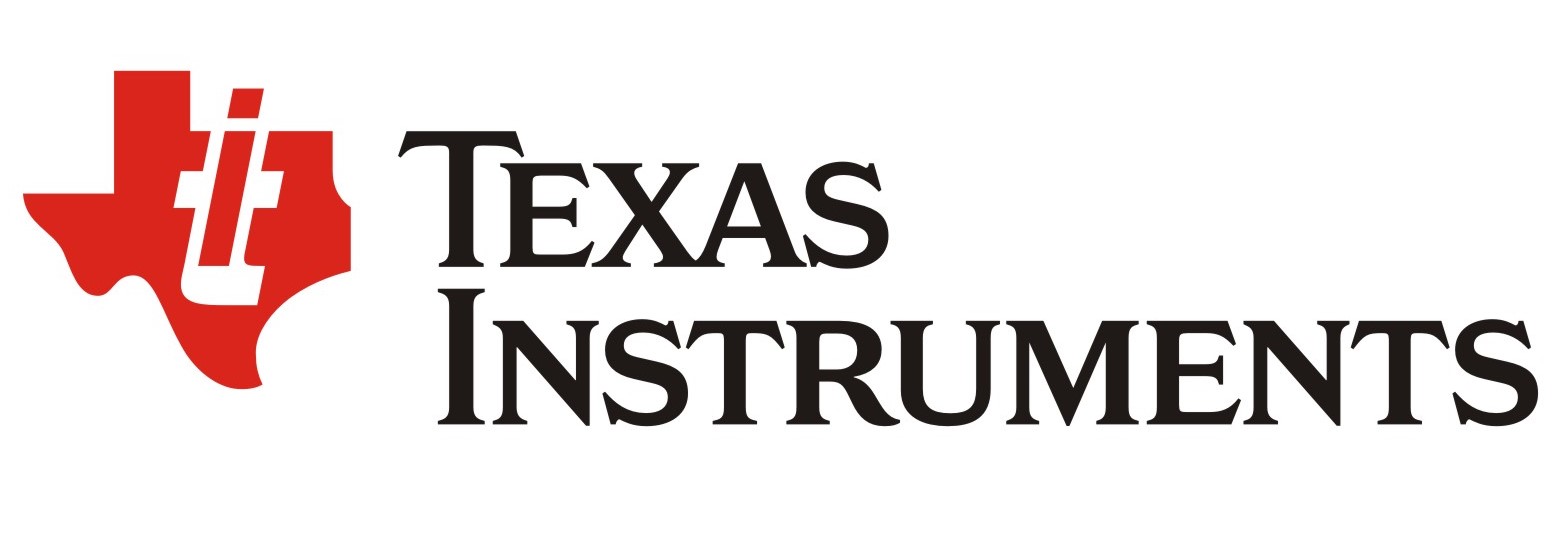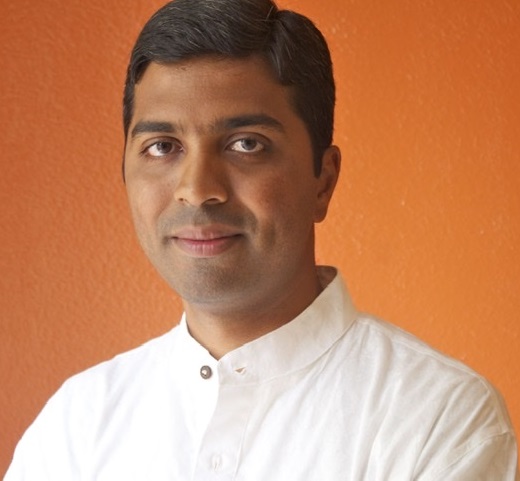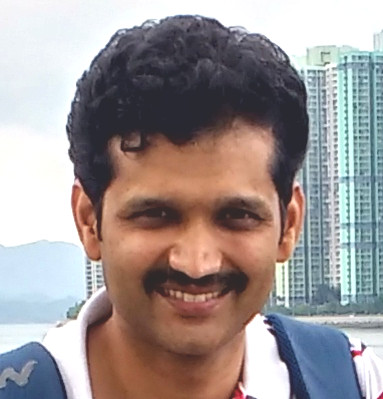












Sumohana S. Channappayya received the B.E. degree from the University of Mysore, India, in 1998, the M.S. degree in electrical engineering from the Arizona State University, Tempe, in 2000, and the Ph.D. degree in electrical and computer engineering from The University of Texas at Austin, in 2007. He is currently an Associate Professor of Electrical Engineering with IIT Hyderabad, where he directs the Laboratory for Video and Image Analysis. His research interests include image and video quality assessment, multimedia communication, and biomedical imaging. He is a recipient of the Excellence in Teaching Award at IIT Hyderabad (2013, 2017).

Aditya Siripuram received his B.Tech and M.Tech degrees in Electrical Engineering from Indian Institute of Technology, Bombay in 2009. He completed PhD from Stanford University in 2017, and was a recipient of the Stanford Graduate Fellowship. He is currently a faculty member in the Department of Electrical Engineering at IIT Hyderabad. His interests include the theory of signal processing and machine learning.
Abstract: In this talk, we will investigate the structure of N-length signals with a given support whose Fourier indices are either 0 or 1. We will first explore the motivation from connections to sampling theory and Fourier analysis. We will then give a simple solution when N is a prime power, and discuss the challenges in generalizing to an arbitrary N.

Sundeep Prabhakar Chepuri received his M.Sc. degree (cum laude) in electrical engineering and Ph.D. degree (cum laude) from the Delft University of Technology, The Netherlands, in July 2011 and January 2016, respectively. He was a Postdoctoral researcher at the Delft University of Technology, The Netherlands, a visiting researcher at University of Minnesota, USA, and a visiting lecturer at Aalto University, Finland. He has held positions at Robert Bosch, India, during 2007- 2009, and Holst Centre/imec-nl, The Netherlands, during 2010-2011. Currently, he is an Assistant Professor at the Department of ECE at the Indian Institute of Science (IISc) in Bengaluru, India.
Dr. Chepuri was a recipient of the Best Student Paper Award at the IEEE International Conference on Acoustics, Speech and Signal Processing (ICASSP) in 2015, Best Student Paper Award (as co-author) at ASILOMAR 2019, and the Pratiksha Trust Young Investigator award. He is currently an Associate Editor of the EURASIP Journal on Advances in Signal Processing, and an elected member of the EURASIP Technical Area Committee (TAC) on Signal Processing for Multisensor Systems.
Abstract: In the last few years, deep learning has gained significant attention from a variety of disciplines due to its extraordinary successes in solving many challenging tasks like data cleansing, recognition, classification and data generation, mainly for images, speech and text. Powerful signal processing and mathematical building blocks, such as the convolution operation, correlation, recurrence, and optimization have made deep learning successful. Many science applications deal with data with an underlying graph structure, e.g., social networks, transportation networks, brain networks, sensor networks, chemical molecules, protein-protein interactions, and meshed surfaces in computer graphics, to list a few. For these applications, more recently, deep learning for graph-structured data is receiving a steady research attention from many scientific disciplines. The relevance of deep learning over graphs from a set of nodal observations goes well beyond signal processing.
In this talk, we will present the problem of missing data imputation for graph signals (aka semi-supervised learning) from signed one-bit quantized observations. More precisely, we consider that the true graph data is drawn from a distribution of signals that are smooth or bandlimited on a known graph. However, instead of observing these signals, we observe a signed version of them and only at a subset of the nodes on the graph. Our goal is to estimate the true underlying graph signals from our observations. To achieve this, we propose a generative adversarial network (GAN) where the key is to incorporate graph-aware losses in the associated minimax optimization problem. We illustrate the benefits of the proposed method via numerical experiments on handwritten digits from the MNIST dataset.

Naveen Sivadasan is a senior scientist at TCS Research, Hyderabad. Naveen did his PhD in the area of algorithms from Max-Planck Institute for Computer Science, Germany. His research interests include algorithms for large data, graph theory, high performance computing and computational genomics. Prior to joining TCS Innovation labs, he was an assistant professor in the Department of Computer Science and Engineering at Indian Institute of Technology Hyderabad for about five years.
Abstract: Genomics is witnessing an unprecedented explosion of data. Second generation and third generation high throughput sequencing technologies produce massive amounts of raw data that require sophisticated techniques for efficient processing and downstream analyses. Several ongoing projects such as 1000 genomes, million plant and animal genomes and million micro-ecosystem genomes pose additional challenges with regard to efficient storage, distribution and analysis. Genome analysis is undergoing a paradigm shift from single genome reference to pangenome reference and consequently adopting richer structures such as graphs for succinct representation and efficient processing. In this talk, we will discuss some of these aspects and related computational challenges.

Gonzalo Mateos earned the B.Sc. degree from Universidad de la Republica, Uruguay, in 2005, and the M.Sc. and Ph.D. degrees from the University of Minnesota, Twin Cities, in 2009 and 2011, all in electrical engineering. He joined the University of Rochester, Rochester, NY, in 2014, where he is currently an Associate Professor with the Department of Electrical and Computer Engineering, as well as a member of the Goergen Institute for Data Science. During the 2013 academic year, he was a visiting scholar with the Computer Science Department at Carnegie Mellon University. From 2004 to 2006, he worked as a Systems Engineer at Asea Brown Boveri (ABB), Uruguay. His research interests lie in the areas of statistical learning from Big Data, network science, decentralized optimization, and graph signal processing, with applications in dynamic network health monitoring, social, power grid, and Big Data analytics. He currently serves as Senior Area Editor for the IEEE Transactions on Signal Processing, is an Associate Editor for the IEEE Transactions on Signal and Information Processing over Networks, and is a member of the IEEE SigPort Editorial Board. Dr. Mateos received the NSF CAREER Award in 2018, the 2017 IEEE Signal Processing Society Young Author Best Paper Award (as senior co-author), the 2019 IEEE Signal Processing Society Outstanding Editorial Board Award, and Best Paper Awards at SPAWC 2012, SSP 2016, as well as ICASSP 2018 and 2019. His doctoral work has been recognized with the 2013 University of Minnesota's Best Dissertation Award (Honorable Mention) across all Physical Sciences and Engineering areas.
Abstract: We discuss the problem of constructing a graph Fourier transform (GFT) for directed graphs (digraphs), which decomposes graph signals into different modes of variation with respect to the underlying network. Accordingly, to capture low, medium, and high frequencies we seek a digraph (D)GFT such that the orthonormal frequency components are as spread as possible in the graph spectral domain. To that end, we advocate a two-step design whereby we find the maximum directed variation (i.e., a novel notion of frequency on a digraph) a candidate basis vector can attain; and minimize a smooth spectral dispersion function over the achievable frequency range to obtain the desired spread DGFT basis. Both steps involve non-convex, orthonormality-constrained optimization problems, which are tackled via a feasible optimization method on the Stiefel manifold that provably converges to a stationary solution. We also outline a data-adaptive variant whereby a sparsifying orthonormal transform is learnt to also yield parsimonious representations of bandlimited signals.